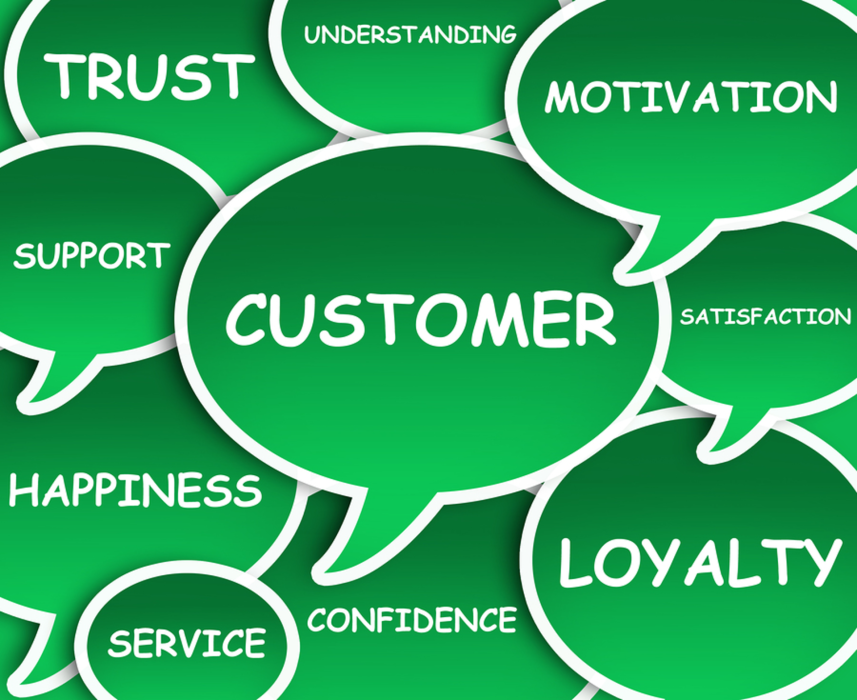For retailers, knowing what is in someone’s shopping cart is no longer enough to deliver the best experience for the customer and the greatest value for the business. A more holistic view of consumers, including their aspirations and interests when they’re not in your store, is required. In short, the key to intelligent customer engagement is in behavioral data, as it can provide critical insights that can allow you to differentiate your product or service and interact with the customer in a more effective manner.
The good news is that through social media and Big Data, retailers have new and better access to all this wonderful information. But with multiple ways to identify a customer across a growing number of channels, how do you make sense of the data and use it in a way that benefits everyone?
Although the opportunities for harnessing Big Data generated through social media can be infinite, the issues are equally as complex. The key is to capture the data, analyze the facts, and act on that information in a consistent and clear manner. To rise to this challenge, retailers need to be smarter in understanding what their customer engagement goals are and how best to achieve those goals through the many and varied opportunities for engagement.
In addition to driving better purchase transactions, using behavioral data through social channels can also improve customer loyalty. When done well it can provide a significant competitive advantage. With a direct link to your customers, you have the chance to better understand their opinions and put their needs at the heart of your business decisions, making your customer engagement a two-way street. For example, you can use your behavioral data and customer communications to test ideas on the back of customer feedback and insight.
Behavioral data can also be great tool in improving the performance of your employees. With a greater understanding of who customers are, how they behave and why, as well as knowing what recommended actions can be taken during the next interaction, employees are equipped with greater confidence to engage with consumers in a productive and helpful way. This ultimately improves both customer and employee satisfaction and retention.
Though true customer loyalty is about long-term retention, near term engagement—transactional or social—is also critical for success. In today’s challenging economic environment, retailers need to act fast to entice new customers and win back those that have lapsed. Customers are unlikely to wait around for their reward; they want instant recognition and gratification. The trick for retailers is to deliver this reward without devaluing their brand.
As a result, future loyalty success depends on intelligent customer engagement. It’s about marketing to and engaging with the individual, and knowing what product to offer and how to price it. It’s also about understanding how to interact with customers “socially” around good news and bad. To achieve this, you need to know your customer and understand what they do and why. Basically, you need to be able to leverage the available data and channels to really listen to customers.
In today’s market, businesses must reassess whose views matter; not only who makes the loudest noise but also who is signalling in different ways through varied channels and interactions. This includes consumers, employees, friends, peers, and others. It’s through understanding these interactions and taking advantage of engagement opportunities that businesses can enable employees to put customers first—and improve business success.
Hunter Albright is CEO, North America and global head of consulting at Beyond Analysis.








